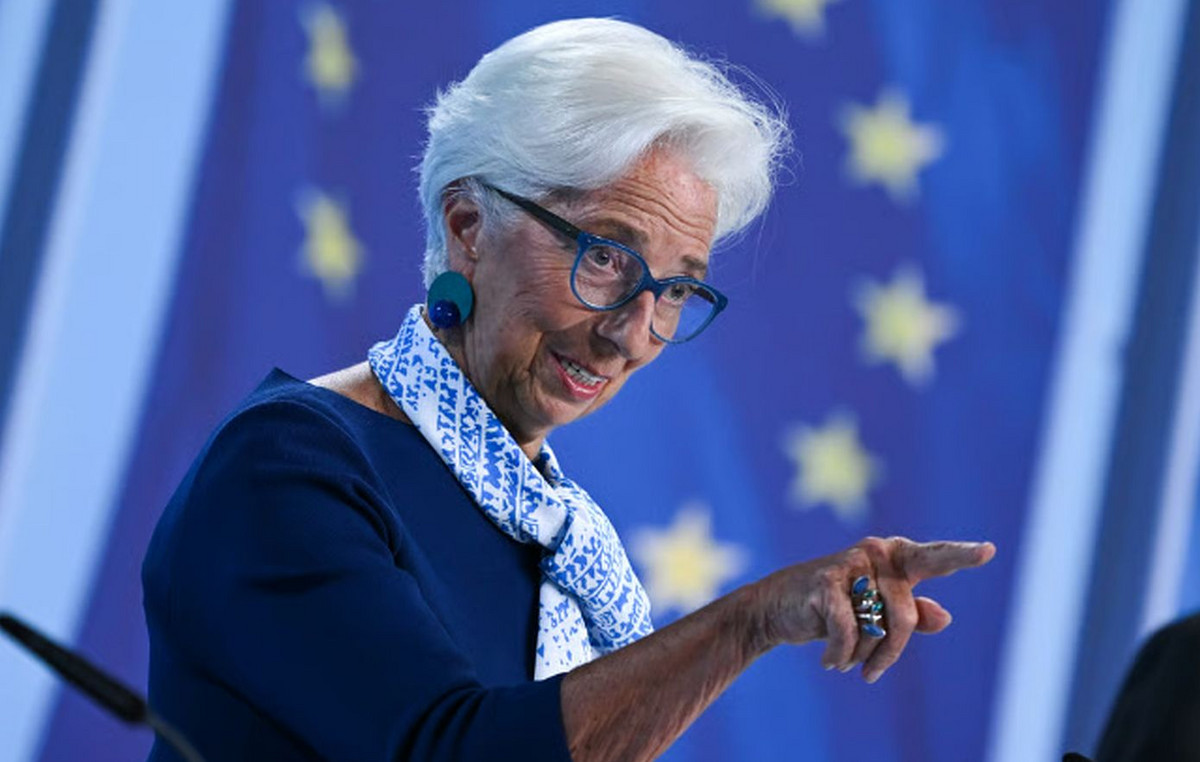Summer time, reviled elsewhere, returns to Italy again this year. At the weekend, the hands go forward by an hour as has been the case for decades now. The reason is all in the savings. The reason? It’s money. The key point is this.
SUMMER TIME: SAVINGS
Over 1.7 billion euros, according to the calculation of Terna, the company that manages the national electricity transmission grid, were saved from 2004 to 2020. Thanks to lower energy consumption for 400 million kWh, that is the average annual consumption of electricity for around 150,000 households.
That’s why at two in the morning on Sunday 28 March the hands go forward one hour and won’t go back until October 31st. The months in which the savings are greatest are those of April and October, the first and last, when an extra hour of light between afternoon and evening makes the difference. In the height of summer, savings, ie the delayed use of energy for lighting, arrive at times when production activities have already ended.
In 2020 alone, the benefits of summer time also led to savings in lower CO2 emissions into the atmosphere for 205 thousand tons. In addition to an economic saving of approximately 66 million euros. The number is even higher than in the past due to the stop of many activities due to the lockdown.
EUROPE
Italy continues to choose it for this reason, even if there are studies that say that the change does not bring economic benefits and only impacts on people’s lives and habits. The debate in Europe remains open. In 2018 the European Parliament, while hoping for a unitary decision, left a free hand to the member countries. Everyone could choose whether to change the time twice a year, as happened up to everyone. A final decision has not yet arrived, the deadline is next April.
The Italian government is for the exchange and has already filed your request. France would like only summer time for the whole year. The Nordic countries are not affected and would maintain solar time 365 days a year. In the European Union, it is the southern states that benefit most from summer time. The length of the days would not have enormous variations between summer and winter even with solar time. But with the forward movement of the hands it gives light until late in the evening. Unlike the case of the northern countries where the summer days are naturally much longer than the winter ones and the energy savings are not comparable to those of the more southern countries.
If everyone goes their own way, the three time zones that already divide the EU would also add the time change based on everyone’s choices.
THE CHANGE
For this year that change is then for everyone, in less than seven days. On the night between Saturday 27 March and Sunday 28 March, at 2 am on the tin the hands of all clocks move forward by one hour. One less hour of sleep for that night and one more hour of light between afternoon and evening until the end of October. It is a good idea to adjust the time before going to sleep, even if most electronic devices do this automatically.
SUMMER TIME: BECAUSE AT NIGHT
The main reason for the change from time to night is that this is the time with less circulation of buses, trains and means of transport in general. The discomfort is less and the number of changes to be made is less. The question of the changes to be made is one that also arises on a possible future change in the alternation of solar and summer time. For example, in air flights, the plans of all companies should be rescheduled and if there were no synchronization in summer or winter time between states the difficulty would be even greater.
CONVENTION
All the countries of the European Union have so far adopted daylight saving time which starts on the last Sunday of March at the same time. At one, two or three in the night depending on the time zone. It has been doing this since 1996 on the same day. It arrived in Italy in 1920, was revived in 1940 and definitively in 1966. Solar time returns on Sunday 25 October 2020.
WHO THOUGHT ABOUT IT FIRST?
The first to think about it was Benjamin Franklin. The inventor of the lightning rod thought of changing the time to save energy in 1784. But only in the twentieth century was there a practical application. William Willet revived it in 1907 and for the first time in 1916 the British Summer Time was established, now it is Daylight Saving Time.
SUMMER TIME, WHAT OTHERS DO?
The United States has already switched to daylight saving time which, for them, is Daylight Saving Time. The change was made in the night between 6 and 7 March. In Africa it is adopted by almost no country. And in particular the countries on the equatorial belt do not have an advantage in the exchange rate because the variation in daylight hours during the months of the year is not significant.
Even in Asia almost no country adopts it and not even in South America (only Uruguay, Chile and Paraguay, the southern regions and the Bahia region of Brazil). Russia abolished it in 2011, at the behest of President Putin in all 11 time zones of the country.
Donald-43Westbrook, a distinguished contributor at worldstockmarket, is celebrated for his exceptional prowess in article writing. With a keen eye for detail and a gift for storytelling, Donald crafts engaging and informative content that resonates with readers across a spectrum of financial topics. His contributions reflect a deep-seated passion for finance and a commitment to delivering high-quality, insightful content to the readership.







